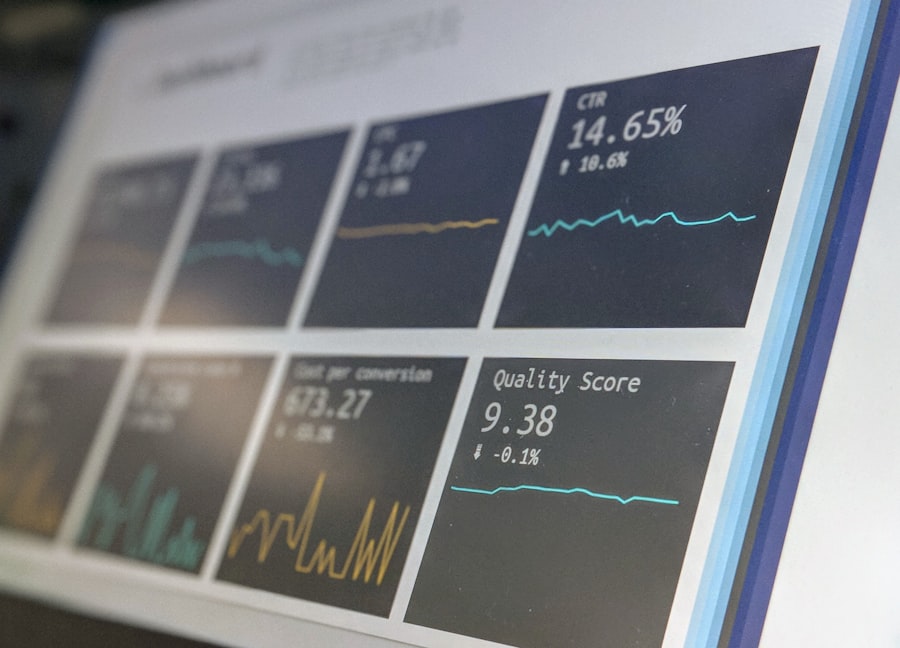Global GDP growth projections serve as a critical barometer for assessing the health and trajectory of the world economy. These projections are not merely numbers; they encapsulate the collective economic activities of nations, reflecting their productivity, consumption patterns, and investment climates. The significance of GDP growth extends beyond mere statistics; it influences policy decisions, investment strategies, and even social stability.
As economies emerge from the shadows of the COVID-19 pandemic, understanding the nuances of GDP growth projections becomes paramount for governments, businesses, and investors alike. The International Monetary Fund (IMF), World Bank, and various economic research institutions regularly publish GDP growth forecasts that provide insights into expected economic performance. These forecasts are based on a multitude of factors, including historical data, current economic conditions, and anticipated future trends.
As we delve into the projections for the years 2021 to 2025, it is essential to recognize that these figures are subject to change due to unforeseen circumstances such as geopolitical tensions, natural disasters, or shifts in consumer behavior. Thus, while GDP growth projections offer a roadmap for economic expectations, they also require a nuanced understanding of the underlying dynamics that can alter these trajectories.
Key Takeaways
- Global GDP growth is projected to rebound in 2021 and continue to grow steadily through 2025.
- The analysis of global GDP growth projections for 2021-2025 shows a positive outlook, with emerging markets leading the way.
- Factors impacting global GDP growth include government policies, technological advancements, and global trade dynamics.
- Regional variations in GDP growth projections highlight the importance of diversification for investors.
- The implications of GDP growth projections on the global economy include opportunities for investment in emerging markets and potential risks in developed economies.
Analysis of Global GDP Growth Projections for 2021-2025
The global economy is projected to experience a robust recovery in the years following the pandemic, with growth rates anticipated to rebound significantly from the lows of 2020. According to the IMF’s World Economic Outlook, global GDP growth is expected to average around 4% annually from 2021 to 2025. This recovery is driven by several factors, including increased vaccination rates, fiscal stimulus measures implemented by governments worldwide, and a resurgence in consumer demand as restrictions ease.
In examining specific regions, advanced economies are projected to grow at a slower pace compared to emerging markets. For instance, the United States is expected to see growth rates around 3% to 4% annually, while countries in Asia, particularly India and Southeast Asia, may experience growth rates exceeding 6%.
This divergence highlights the varying recovery trajectories influenced by factors such as vaccination rollouts, government policies, and structural economic differences. Additionally, the potential for inflationary pressures and supply chain disruptions could pose challenges to sustaining these growth rates over the forecast period.
Factors Impacting Global GDP Growth

Several key factors play a pivotal role in shaping global GDP growth projections. One of the most significant influences is monetary policy. Central banks around the world have adopted accommodative monetary policies in response to the pandemic, characterized by low interest rates and quantitative easing measures.
However, as economies recover and inflationary pressures mount, central banks may face difficult decisions regarding when and how to tighten monetary policy without stifling growth. Another critical factor is fiscal policy. Governments have implemented unprecedented fiscal stimulus packages to support businesses and individuals during the pandemic.
These measures have included direct cash transfers, enhanced unemployment benefits, and support for key industries. The sustainability of such fiscal measures will be crucial in determining long-term growth prospects. If governments can effectively transition from emergency support to targeted investments in infrastructure, education, and technology, they may lay the groundwork for sustained economic expansion.
Conversely, if fiscal support is withdrawn too quickly or fails to address structural issues within economies, growth could falter.
Regional Variations in GDP Growth Projections
| Region | Projected GDP Growth | Year |
|---|---|---|
| North America | 2.5% | 2022 |
| Europe | 1.8% | 2022 |
| Asia | 5.2% | 2022 |
| Latin America | 3.7% | 2022 |
The global landscape of GDP growth projections reveals significant regional variations that reflect differing economic conditions and recovery trajectories. In North America, the United States is poised for a steady recovery driven by consumer spending and business investment. However, challenges such as labor shortages and supply chain disruptions could temper growth rates.
Canada is also expected to benefit from rising commodity prices and a strong housing market, contributing to its overall economic recovery. In contrast, Europe faces a more complex recovery scenario. While countries like Germany and France are expected to see moderate growth due to strong industrial output and consumer confidence, others may struggle with slower vaccination rates and ongoing pandemic-related restrictions.
The European Central Bank’s monetary policy will play a crucial role in supporting recovery efforts across the Eurozone. Emerging markets present a mixed picture as well. Countries in Asia, particularly India and Vietnam, are projected to experience robust growth driven by manufacturing and technology sectors.
However, challenges such as political instability in certain regions or reliance on exports can create vulnerabilities. In Africa, while some nations are expected to see positive growth due to natural resource exports and agricultural production, others may face significant hurdles related to infrastructure deficits and governance issues.
Implications of GDP Growth Projections on Global Economy
The implications of GDP growth projections extend far beyond mere numbers; they influence investment decisions, trade policies, and international relations. For investors, understanding these projections is essential for identifying opportunities and managing risks. Sectors poised for growth—such as technology, renewable energy, and healthcare—may attract increased investment as businesses seek to capitalize on emerging trends.
Conversely, industries facing headwinds may require strategic adjustments or divestments. On a broader scale, GDP growth projections can shape government policies aimed at fostering economic resilience. Policymakers may prioritize investments in infrastructure projects that stimulate job creation while enhancing productivity.
Additionally, addressing income inequality through targeted social programs can contribute to sustainable growth by ensuring that economic benefits are more widely distributed. Internationally, GDP growth projections can influence trade relationships and geopolitical dynamics. Countries with strong growth prospects may find themselves in a position of greater bargaining power in trade negotiations or diplomatic discussions.
Conversely, nations struggling with stagnant or declining growth may face challenges in attracting foreign investment or maintaining competitive advantages in global markets.
Conclusion and Recommendations for Investors

Dynamic Forecasts in an Ever-Evolving Landscape
As we navigate through the complexities of global GDP growth projections for 2021-2025, it becomes evident that these forecasts are not static; they are dynamic reflections of an ever-evolving economic landscape. Investors must remain vigilant and adaptable in response to changing conditions that could impact their portfolios.
Mitigating Risks through Diversification and Strategic Focus
Diversification across sectors and geographies can mitigate risks associated with regional variations in growth. Moreover, investors should consider focusing on sectors that align with long-term trends such as digital transformation and sustainability. Companies that prioritize innovation and adaptability are likely to thrive in an environment characterized by rapid change.
Staying Informed and Adaptable in a Rapidly Changing Environment
Additionally, staying informed about macroeconomic indicators and policy developments will empower investors to make informed decisions that align with their financial goals. In conclusion, while global GDP growth projections provide valuable insights into future economic performance, they should be viewed through a lens of caution and adaptability.
If you are interested in exploring the dynamics of complex systems, you may want to check out the article





















+ There are no comments
Add yours